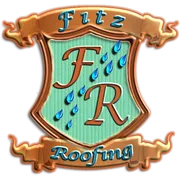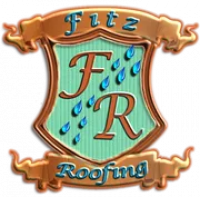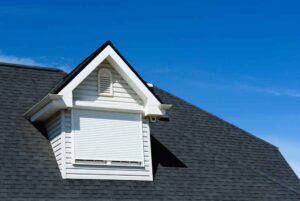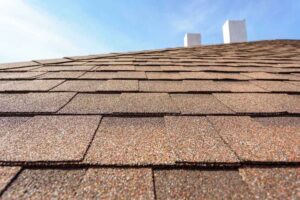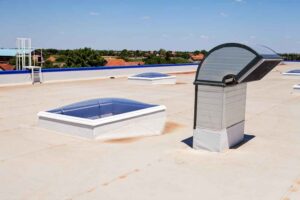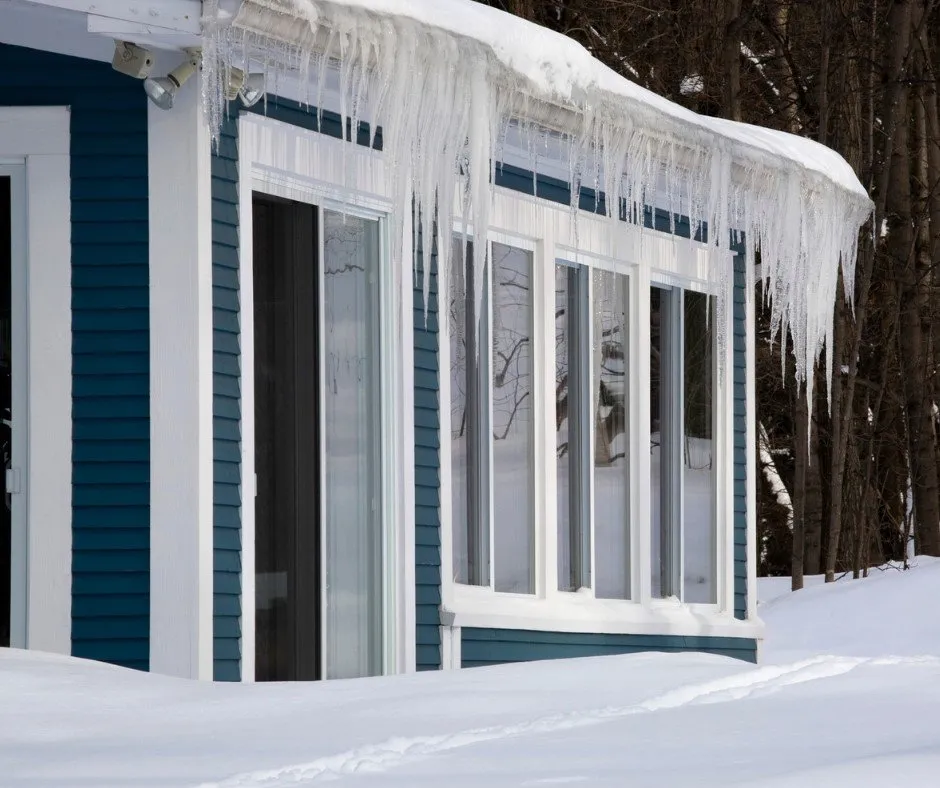
Winter can be difficult for most homes, and roofs are particularly vulnerable when the temperatures dip and snow or ice starts to pile up. As storms pass through, it can be hard to know how to protect your roof in the best way possible. Read on to discover a guide to winterizing roofs.
Inspect Your Roof for Damages
With winter quickly approaching, you need to take the proper steps to ensure your roof can withstand the upcoming cold temperatures and snow. Start by inspecting and assessing your roof for any damage that may have occurred over the past year.
Look around for missing tiles, holes, or cracked shingles, and replace them if needed. Consider talking with a professional roofer to ensure everything is secure before winter weather rolls in.
Trim Back Tree Limbs Close to Your House
An important part of winterizing your roof involves cutting back overhanging tree limbs, especially those near the area of the roof directly above your house. You’ll eliminate the likelihood of those heavy branches crashing down on your roof during a storm and causing serious damage.
Additionally, tree limbs can block drain pipes and gutters. This blockage could increase the chances of water penetrating and damaging shingles or, even worse, going inside the house.
Clean Your Gutters and Drain Pipes
Before the cold weather arrives, check your gutters and drain pipes for blockages caused by leaves and other debris, as they can cause major problems with roof drainage during winter. Clogged gutters and downspouts create pools of standing water on your roof, which can cause long-term damage, such as weakened shingles and moss buildup.
Seek assistance from professionals who offer gutter cleaning services. They have the tools and the knowledge to navigate gutters angled or mounted at difficult heights, so you need to hire someone with this experience.
Insulate and Ventilate Your Attic
One important way to protect your roof is to ensure your attic is properly insulated and ventilated. As temperatures drop and snow accumulates on the roof, proper insulation allows warm air to stay inside the house while releasing the excess moisture outside. This process helps prevent water from freezing and expanding beneath the shingles.
Without insulation, this can cause damage over time as snow continues to freeze, thaw, and refreeze. Proper ventilation helps avoid ice damming around eaves and protrusions on the roof, which can result in serious water leakage that might even require extensive repairs or complete roof replacement.
Get a Professional Roof Inspection
During a professional inspection, the roofing inspector will evaluate your roof’s overall condition in order to identify any weak points or potential problem areas that could be further aggravated during wintertime. They’ll also ensure they make all essential repairs to protect your roof from long-term damage due to extreme winter temperatures. Moreover, the inspector may recommend specific solutions for added insulation and waterproofing if needed.
Plan for Snow Removal
One of the most important steps to winterizing your roof is having a plan for snow removal. Whether your roof is flat or pitched, keeping it free of snow and ice dams can help you avoid costly repairs. In areas with moderate snowfall, investing in a good, lightweight aluminum or plastic snow rake can help you safely remove the snow on your own.
In harsher climates, consider hiring a professional team that specializes in rooftop snow removal. They have the right knowledge and equipment to prevent any damage while they are working on your roof.
If you would like a professional roof inspection to ensure everything is in order, please contact us at Fitz Roofing on our website or by phone. With the right care and attention, your roof will continue to shield you and your home through every winter season.
Synthetic Roofing Materials
If you want something natural without the potential risks, you might want to try synthetic materials. Synthetic materials are another trend in residential roofing, mostly due to the creation of new materials. Science has recently created
CeDUR, a synthetic material that looks like wood.
CeDUR is a lot stronger than wood, though. It can withstand wind speeds of over 100 miles per hour. It’s also highly fire-resistant and handles collisions well.
To top it all off, it’s lighter than wood and never loses its look. That’s just one of the synthetic materials on the market. There are also synthetic stone alternatives.
Who knows what kind of synthetic materials will soon become available?
The Top Trends in Residential Roofing
There are many trends when it comes to residential roofing, and they seem to be changing all the time. We’ve mentioned some of the current trends in the paragraphs above, but there are others out there. We encourage you to do more research on your own if you’re interested.
If you want more information and advice about roofing please visit our site. Have you ever wondered how much value a new roof can add to your house? Contact us to see how we can help!
